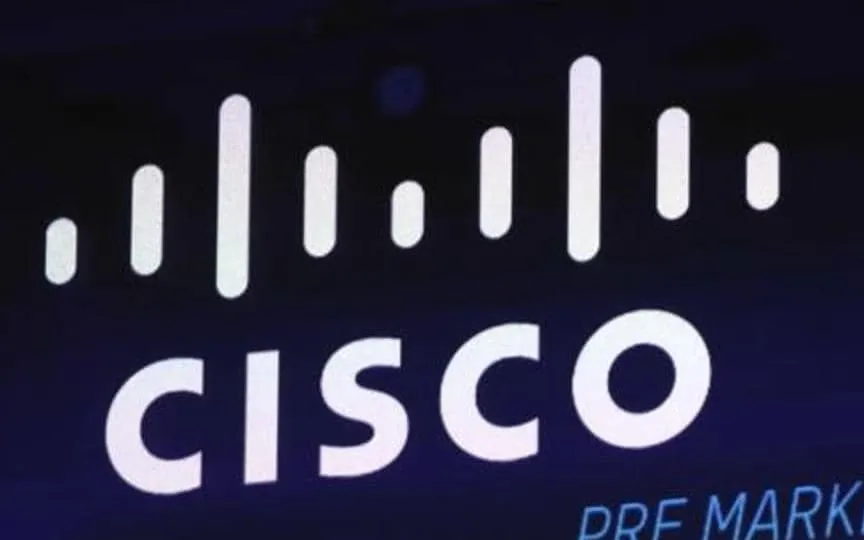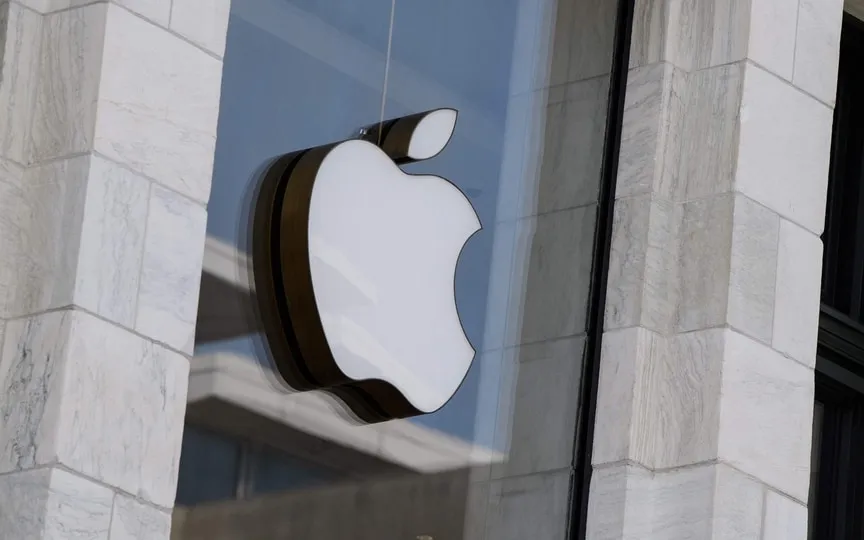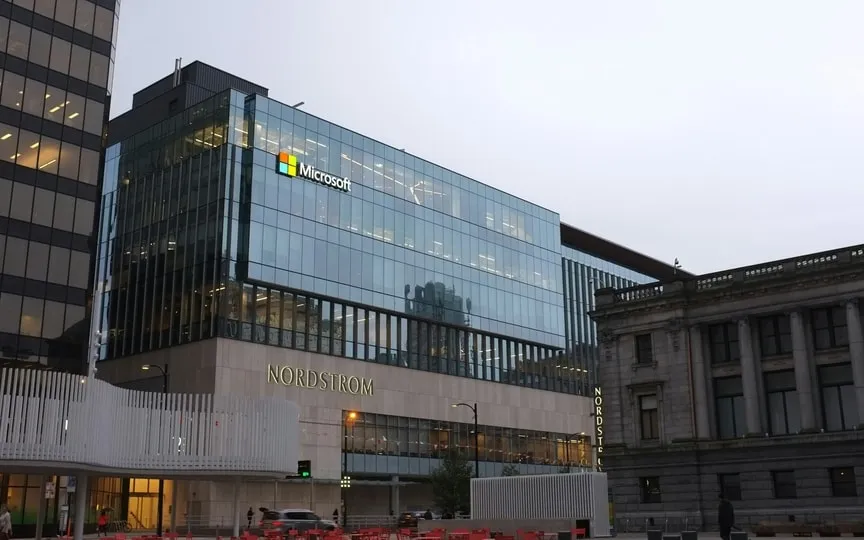Cisco Shares Increase Following Positive Report on AI and Security Progress
Cisco Systems Inc., the leading producer of computer networking devices, experienced its biggest increase in six months as the company highlighted advancements in AI and security technology. This development alleviated worries regarding a decline in sales.
Cisco, which reports fourth-quarter financial results on Wednesday, is emerging from a spike in demand fueled by supply shortages at the end of the pandemic era. Although growth has now slowed sharply from last year’s surge, CEO Chuck Robbins pointed to a bright future with more flat revenue — thanks to subscription-based services — and Cisco capitalizing on a shift to AI-focused data centers.
The company said it has already booked $500 million in orders for AI products it offers to so-called hyperscaler customers — large cloud service providers.
“Cisco is committed to helping our customers navigate this transition in a reliable and responsible manner to deliver on the full promise of this technology, and we are well positioned to win,” Robbins said on a conference call with analysts.
That outlook helped lift shares as much as 5.4% in New York on Thursday morning, the most since February, after the quarterly report was released after the initial decline. The company also announced plans to increase share buybacks and dividends.
Cisco shares had closed Wednesday at $52.96, up 11% this year.
In the period ending in October, the turnover will rise to approximately 14.6 billion dollars. That’s in line with analysts’ estimates of $14.57 billion. Excluding certain items, the profit will be about $1.03 per share, compared to the average estimate of 99 cents.
Cisco’s gross margin has been a bright spot. It is expected to be 65-66 percent this quarter on an adjusted basis, the company said. Analysts estimate 64.7%.
The company says revenue will be between $57 billion and $58.2 billion in 2024. That’s the average estimate of $58.3 billion by analysts, according to a Bloomberg survey.
The growth forecast pales in comparison to Cisco’s 11 percent jump in the fiscal year just ended. The company had seen orders pile up during a long component shortage. Because these parts are now available, Cisco has been able to supply the hardware – and sell the associated software – to meet the pent-up demand. But that rise is fading.
In Cisco’s fiscal fourth quarter, which ended July 29, revenue rose 16% to $15.2 billion. Earnings on some items were $1.14 per share. This equates to approximately $15.1 billion in revenue and a $1.06 share of revenue.
Robbins has worked for years to remake his company into a provider of online services and software. His management team points to the amount of recurring revenue generated as an indication of the success of the transition.
But Cisco still relies mostly on selling expensive networking equipment—with proprietary software—and that makes it difficult to avoid swings in demand from business customers. The company’s 11 percent sales growth last year is expected to drop to just 2 percent this year.
In a common pattern with technology companies, artificial intelligence was the main topic of Cisco’s conference call. Cloud service providers have sought to add computing power to handle services such as OpenAI’s ChatGPT and Google Bard.
Cisco has a role to play in this lucrative market, Robbins said, but did not give a specific prediction of how big it will be.
“This is a huge opportunity for Cisco,” Robbins said on the call. “We are laser-focused on leading and winning in this industry.”




